Important Points for Committing Cargo Quantities in Tanker Ships
One of the most vital aspects of trading with tanker ships is loading and unloading of the cargo with utmost safety and efficiency, without polluting the marine environment.
Safety of cargo operation implies and includes pre-planning of the cargo before the quantity is nominated and the fixture (Consists of approximate quantity and nomination of cargo, including details of charter parties, load port and disport particulars) is made.
Efficiency of the cargo operation emphasize on nil or minimum quantity of cargo ROB (An abbreviation used to state quantity of cargo remaining onboard) after discharge and also on optimum procedure of loading or unloading of cargo operations as per vessel and terminal’s limits notwithstanding the safety aspect.
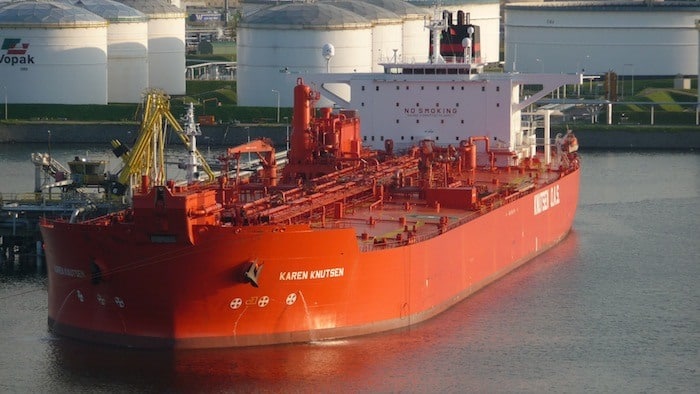
Cargo Pre-loading Preparation
Charterers, before fixing a vessel on a particular voyage, generally ask for quantities of cargo the vessel can load. Few relevant points are to be practiced by the shipboard staff involved with the procedures.
- While advising the charterers about the maximum quantity to be loaded, the quantity must be in compliance with company requirements if any.
- The quantity to be loaded must be evaluated against the damage stability conditions of the ship and for compliance with minimum stability requirements for tankers.
- Load line zones throughout the voyage to be checked for maximum loadable quantity. Sometimes vessels load in summer zone and pass through winter zone. Hence considering winter zone transit in mind, quantity of cargo to be loaded must be ascertained.
- The voyage instructions must be checked for full details of nominated cargo including quantity, quality, carriage and discharge. If relevant details are missing, charterers can be asked to provide them.
- The vessel must be able to maintain any segregation requirements for different grades throughout the voyages. This includes vapor segregation too. Instructions for segregation are provided by charterers. E.g. segregation of Naptha and Jet Oil or certain dyed Gas Oils require segregation of vapors as well due to difference in Sulphur Content.
- Suitability of cargo tanks is a major issue with carriage. Certificate of fitness which is issued to tankers that can carry particular types, nature and grades of cargo , determines whether a vessel is fit to load a particular type and category of cargo or not. Tank coating and material plays an important role in determining this. E.g. certain paints used as tank coating react with cargoes and lead to contamination.
- All cargo tanks and lines must be prepared to load suitable cargo. Wash water or remains of previous cargo must be completely removed from tanks and lines. E.g. Some type of cargo like jet fuel can get contaminated by water .Surveyor can reject a vessel for loading if they find any remains of wash water or previous cargoes.
- Some cargo like various grades of crude oils, laguna etc. require heating. The instructions for the same are provided by charterers. Vessel needs to study these instructions carefully to ascertain if the vessel can comply with these instructions for appropriate carriage throughout the voyage and efficient discharge. If any queries, doubts arise same must be notified with the charterers. Eg. Few terminals in UK or US do not accept cargoes if they are found at temperatures above or below that specified in the voyage orders or as per charterer’s instructions.
Real Life Incidence -1
A vessel loaded palm oil from Indonesia at the temperature of 35 deg. Charterers requirements was to maintain a temperature of 30 degrees throughout the voyage. The vessel’s crew commenced heating once the vessel left the loading port. After 21 Days the vessel reached discharge the Port of Rotterdam, where the atmospheric temperature was 4 Deg. The vessel maintained a temperature of 30 degrees and commenced the discharge. However upon completion of cargo the Ship /Shore difference was found more than 100 tons. Upon investigation by the P & I surveyor it was discovered that around 100 tons of cargo was found in solid state below the heating coils in the cargo tanks. The P & I club investigation held the vessel responsible for the cargo claim as the voyage instructions clearly specified that recirculation of cargo to be carried out during the voyage on a regular basis which the ship’s crew neglected.
- During the entire voyage if cargo heating is required during the loaded voyage, the temperature of lower, middle and bottom of the tanks must be recorded along with daily ambient temperatures of air and sea.
- Various crude oils require COW (An abbreviation used for Crude Oil Washing). The cargo must be checked for suitability to COW. Also the requirements of terminal must be noted with regards to COW.
- The density of cargo should be checked carefully and examined for the maximum allowable capacity of tanks. In any case it should not exceed the maximum weight designed for ship’s tanks.
The ullages to be loaded should be determined as under:
The maximum quantities to be loaded should also take into considerations air and sea water temperatures, which play an important role in changing the volumes of cargo inside the tanks, especially when tanks are loaded above 95%. E.g A ship loading in Russia and Unloading in Persian gulf must consider the fact that the range of temperature difference of cargoes at load port and discharge port can get as high as up to 40 – 50 degrees in extreme cases.
Real Life Incidence -2Vessel proceeded to New York after loading Motor Spirits (Blend Stock) from Reliance Jamnagar Marine Terminal at Sikka in India. The samples were taken at load port and vessel proceeded for a 31 day long voyage to New York. Upon reaching the discharge port, the surveyor again took the cargo samples and after analysis the cargo was found off specifications.
P & I inspection was called for and the investigation indicated that there were remains of water and previous cargo in the tanks from the tank cleaning which was carried out to make the vessel ready for loading Motor Spirits. However, the remains of wash water and previous cargo i.e. condensate, reacted with the present cargo and hence altered its properties thus leading to rejection of cargo by the receiver. The vessel was off hired for 15 days to reach another port and discharge the rejected cargo. The reason was inadequate stripping after tank cleaning which led to residues remaining in the tank and loading in the same tanks.
These are some of the important points to be kept in mind before answering or committing cargo quantities to charterers for a hassle free and loading, safe carriage and discharge of cargo, and for avoiding delays and exorbitant claims involved.
The above list is not exhaustive as tankers carry a varied range of crude oils, allied products and chemicals. Each cargo has its own peculiar characteristics and chemical nature thus requiring precautions and handling as per the same.
You may also like to read –
- What is Ship Arrestor Technology?
- Introducing 2 New Essential Practical Guides for Cargo Operations on Tankers
Latest Ship Safety Articles You Would Like:
Do you have info to share with us ? Suggest a correction

About Author
Abhishek Bhanawat is a chief officer who has worked on various types of tankers. He specializes in Crude Oil and Product Tankers. He is highly passionate about his work and loves to sail.
Subscribe To Our Newsletters
By subscribing, you agree to our Privacy Policy and may receive occasional deal communications; you can unsubscribe anytime.
Web Stories



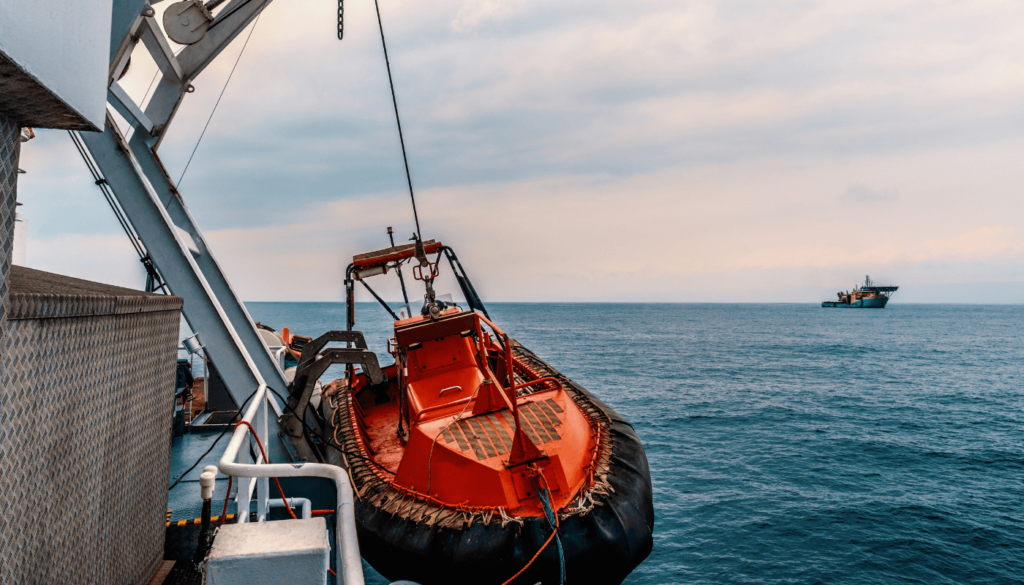
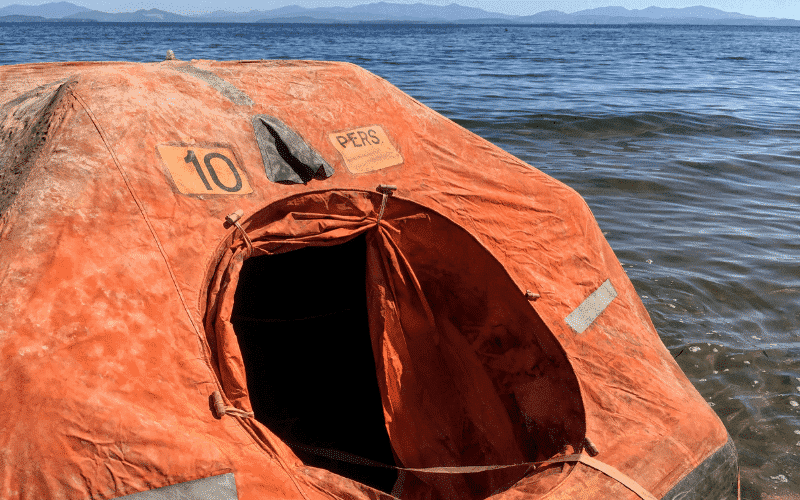
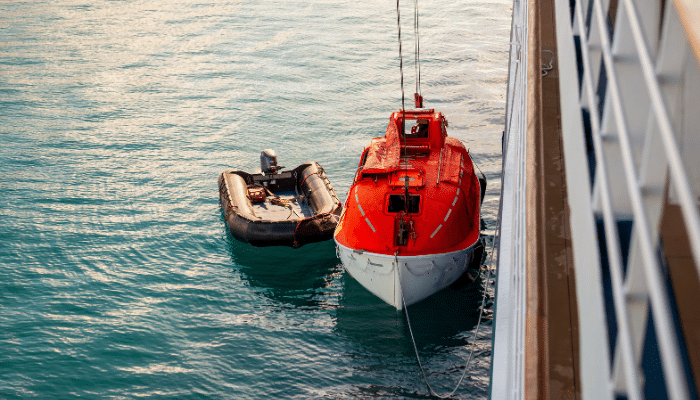
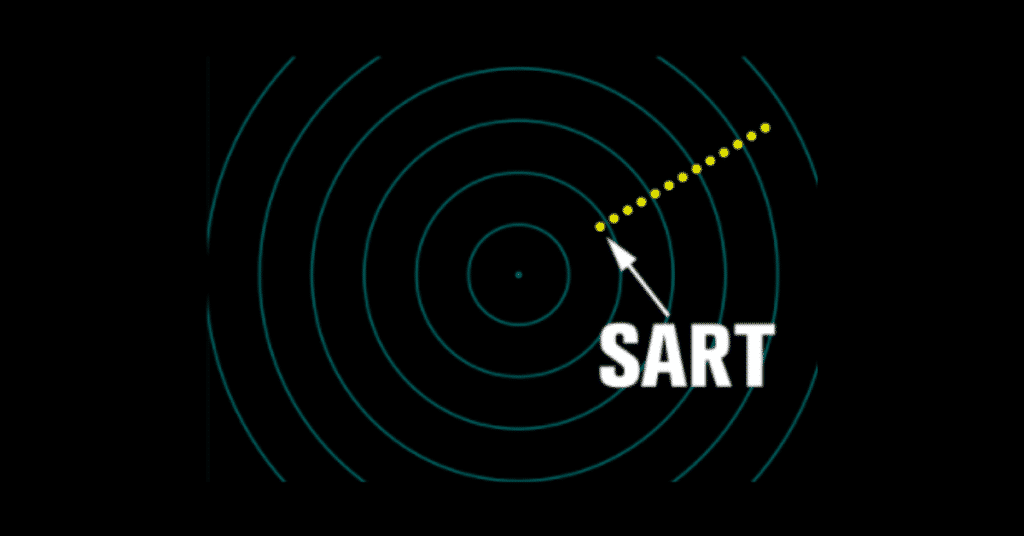
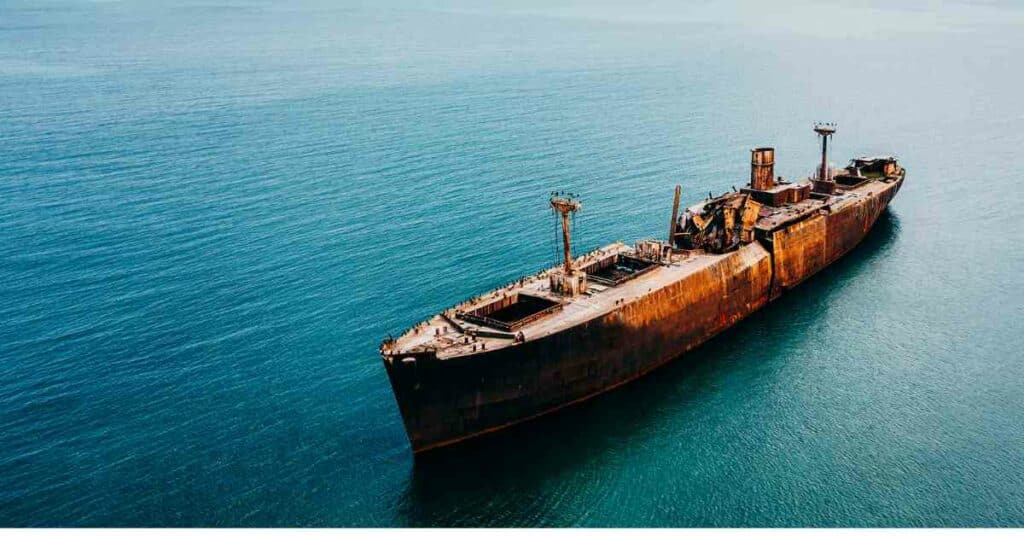

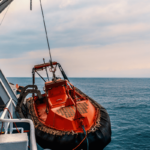
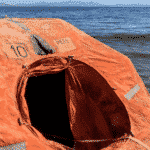
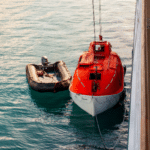
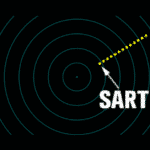
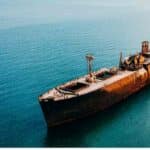





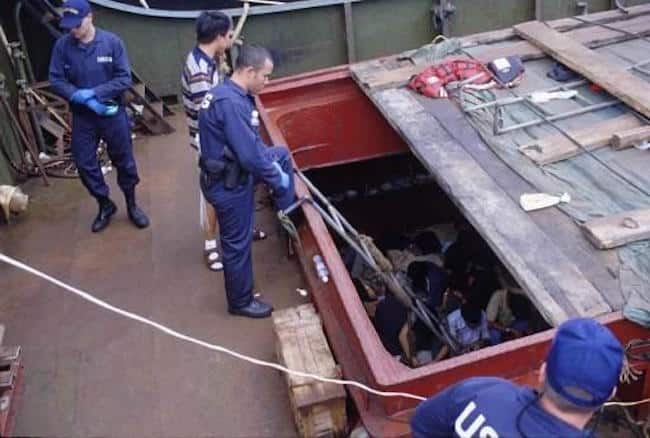

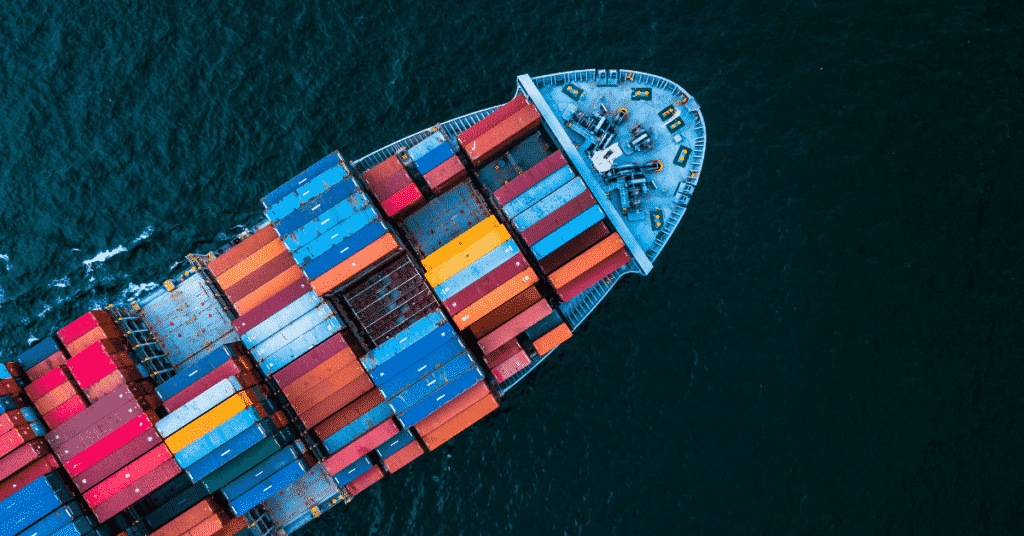
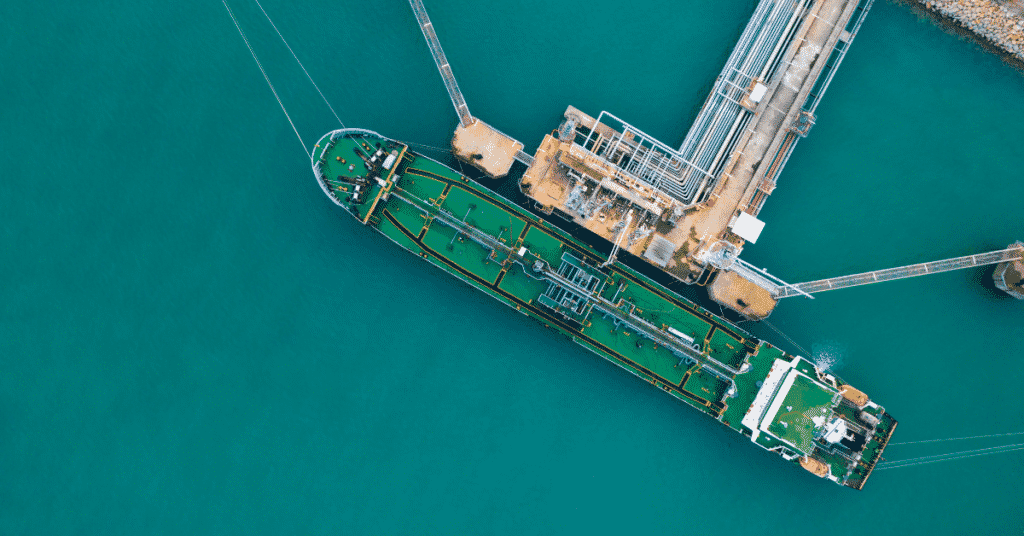
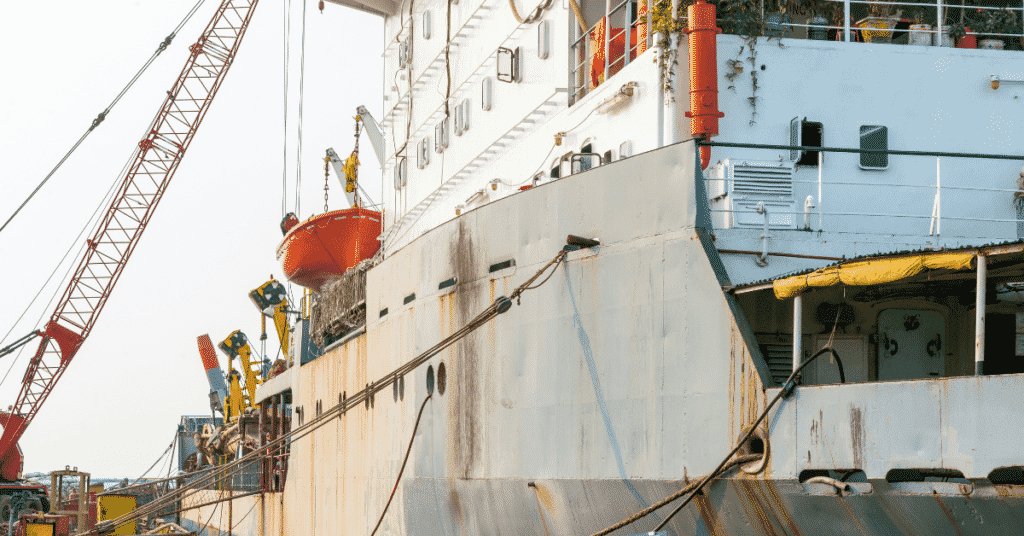
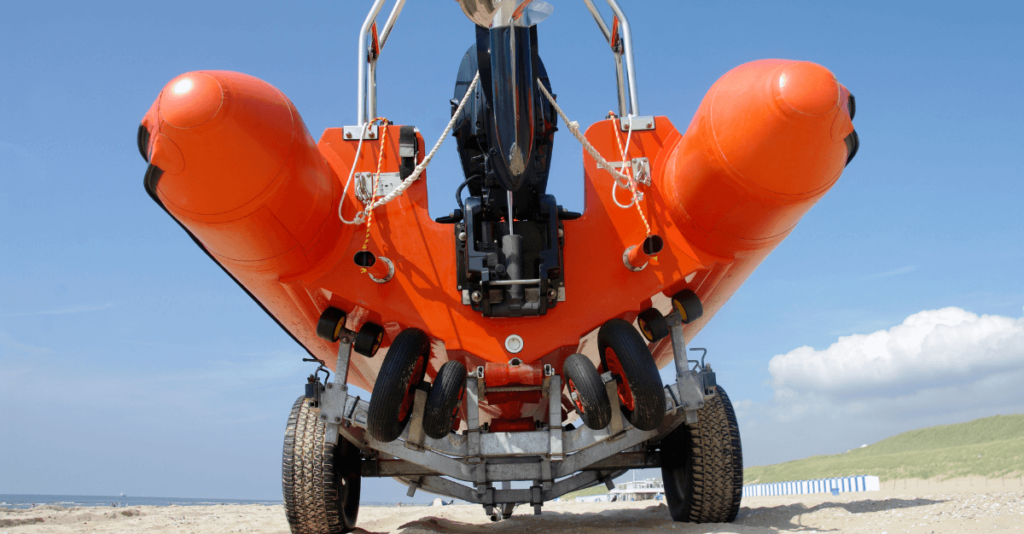
I have learned a great deal from your posts on facebook. Maritime is making a lot of sense to me since i come across your facebook page. Keep a good job.
regarding the load line zone the ambiguity arises, when no discharge port is fixed.
kindly explain how i can become a marine survey especially on a tanker vessel both long range and coastal
Excellent piece of information Mr. Bhanawat.